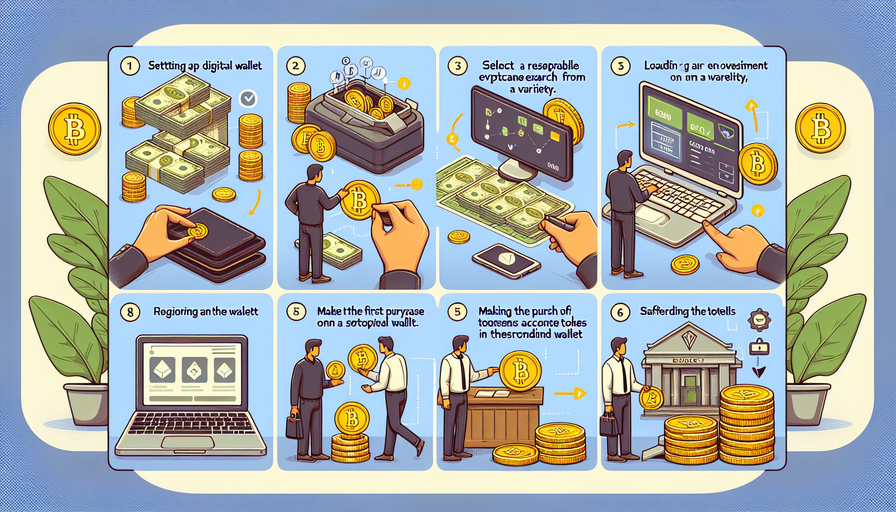In today’s digital age, securing your communication is more important than ever. Email encryption is a crucial step in protecting sensitive information from prying eyes. By encrypting your emails, you can ensure that only the intended recipient can access the content of your message. In this guide, we will walk you through the process of encrypting an email to enhance your online security.
Step 1: Choose an Encryption Method
There are several methods available for encrypting emails, but one of the most popular and user-friendly options is using PGP (Pretty Good Privacy) encryption. PGP uses a combination of public and private keys to secure your messages. Alternatively, you can also opt for S/MIME (Secure/Multipurpose Internet Mail Extensions) encryption, which relies on digital certificates to protect your emails.
Step 2: Set Up Encryption Software
To start encrypting your emails, you will need to set up encryption software on your device. There are various tools available that support email encryption, such as GPG (Gnu Privacy Guard), Enigmail, or ProtonMail. Install the software according to the instructions provided by the provider and generate your public and private keys.
Step 3: Exchange Public Keys
Before you can send encrypted emails, you need to exchange public keys with the recipients you want to communicate securely with. Your public key can be shared with anyone, while your private key should be kept confidential. Ask your contacts to share their public keys with you so that you can establish a secure communication channel.
Step 4: Compose Your Encrypted Email
When composing an email that you want to encrypt, open your email client or webmail service that supports encryption. Look for the option to enable encryption (often represented by a lock icon) and select the recipients whose public keys you have imported. Write your message as usual and attach any files if needed.
Step 5: Encrypt and Send Your Email
Once you have finished composing your email, click on the encryption option to secure the message using the recipient’s public key. Some encryption tools may prompt you to enter a password or passphrase for added security. After confirming the encryption settings, send the email as you normally would.
Step 6: Decrypting Received Emails
On the recipient’s end, they will use their private key to decrypt the encrypted email you sent them. The decryption process will vary depending on the software they are using, but it typically involves entering their passphrase or letting the software automatically decrypt the message.
By following these steps and implementing email encryption in your communication routine, you can significantly enhance the security and privacy of your online interactions. Remember that while email encryption adds a layer of protection, it is essential to practice good cybersecurity habits overall to safeguard your digital presence effectively.


